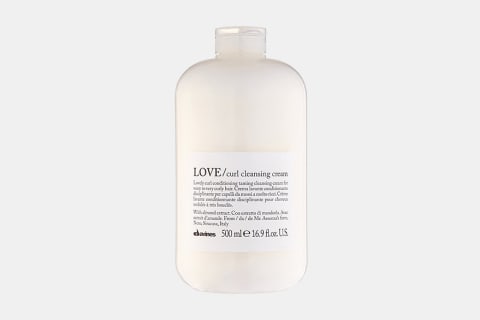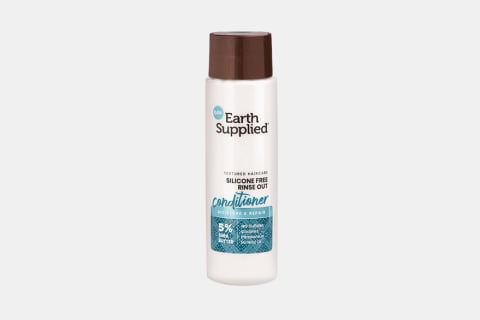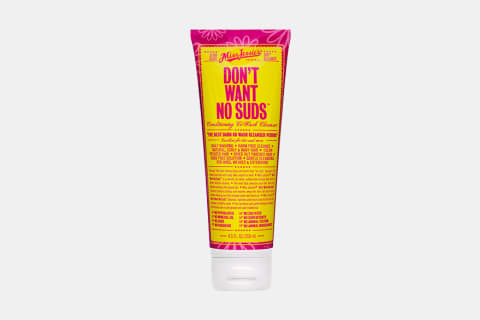That’s where co-washing comes in: If you are curious about making the switch, we spoke with top hair care experts and stylists for tips on how to help. Those with severely damaged hair—like damage, say, from heat, relaxing, or color processing—may also consider co-washing. “Those with weak hair, or anyone with chemically damaged hair may also consider co-washing,” says Danielle Malary, owner of Lumiere Vive Salon. If you have oily hair or scalp, skip co-washing and side with shampoos—co-washing won’t be strong enough to clean the hair, and the scalp may encounter buildup, irritation, and inflammation. So this iteration of conditioner have the same hefty hydrators as a standard one, but it will also infuse minimal cleansing agents (so you’re not just totally abandoning washing altogether). Simply find a co-washing-specific product—it will be marketed as such—and test it out to see if it works for you. You may need a bit of a guess-and-test to find the right one, as every scalp-and-hair combo has different needs, and every formula is better suited to different people. “Don’t just try a product and give up immediately. Sometimes, it is very necessary to change the routine up to find what works for you,” says Malary. Read: It may be a journey to find your perfect match, but we have some suggestions below. “I highly recommend that clients become in tune with their hair if the hair begins to feel oily, or oversaturated—alternate frequently with a sulfate-free shampoo,” says Malary. “The routine should be specific to the client’s hair and needs.” “For those who co-wash who need the occasional extra cleansing, it’s important to stick to sulfate-free shampoos that don’t strip already dry hair. And partner this with a once-a-week deep-conditioning treatment to replenish moisture and provide hydration,” advises Branch.






